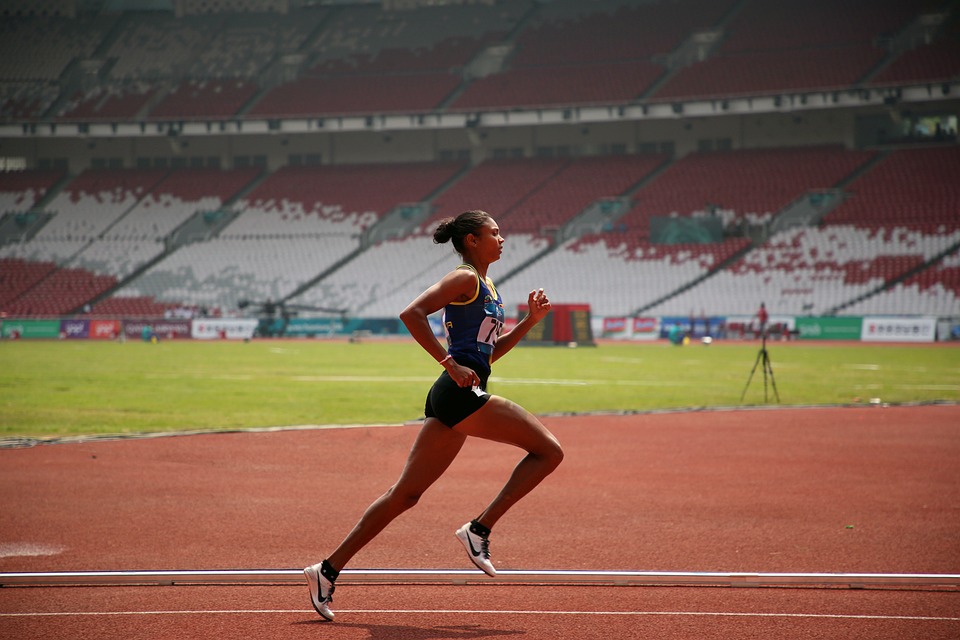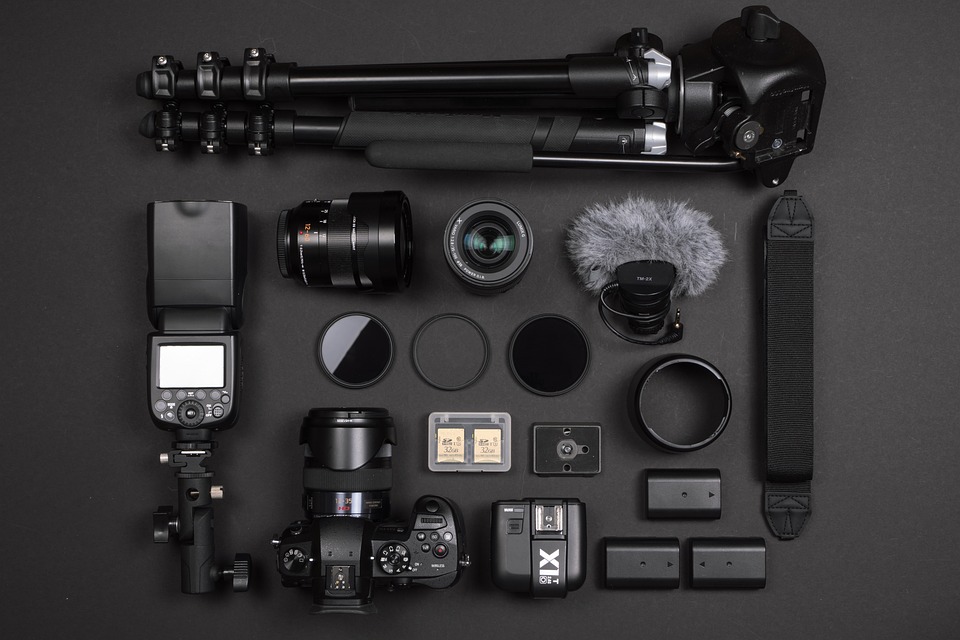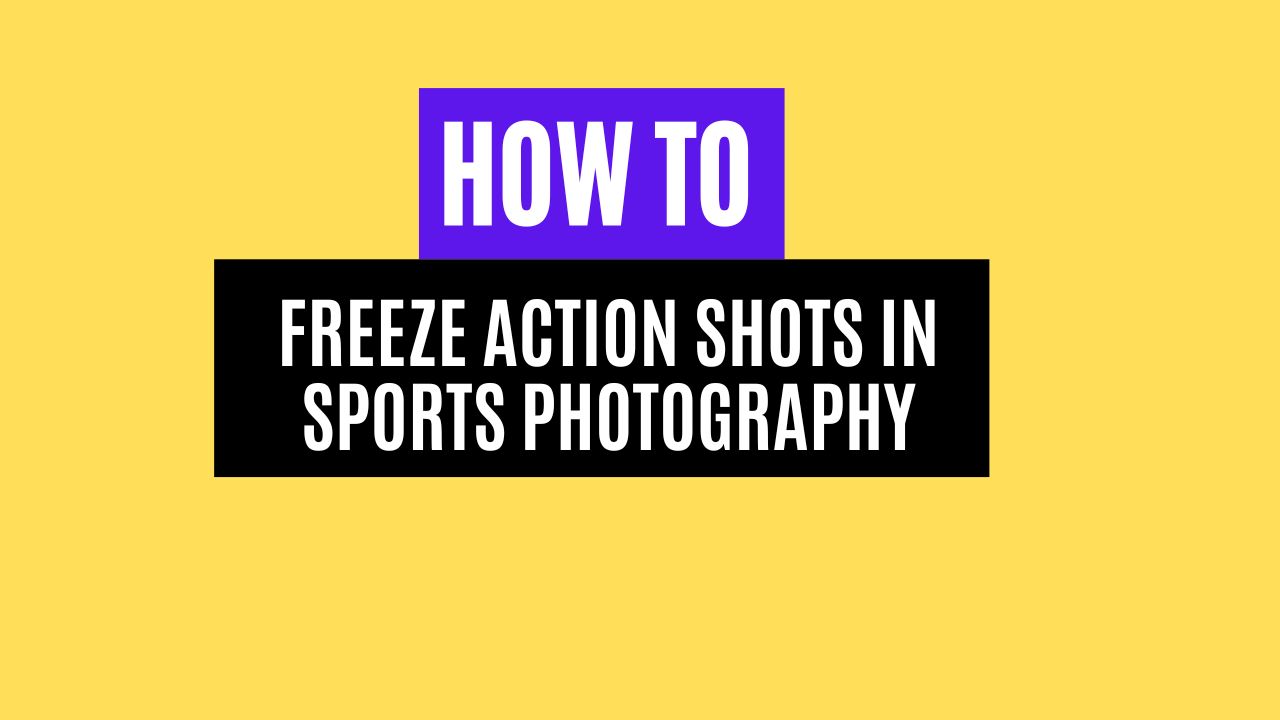Capturing sharp and thrilling action shots in sports photography is a challenging yet rewarding endeavor.
Whether you’re at a fast-paced basketball game, a soccer match, or a high-speed motorcycle race, the goal is often the same: freeze the action. This requires a combination of the right techniques, camera settings, and equipment.
In this post, we’ll walk through the essential steps to help you master the art of freezing action shots, while also introducing a few tools that can take your photos to the next level.
Understanding Action-Freezing Techniques

Freezing motion in sports photography is all about using your camera settings correctly and timing your shot perfectly.
When you’re photographing athletes in motion, you need to ensure that your camera captures a still image in an instant, without the blur that usually comes with fast movement.
Shutter Speed
The most crucial factor in freezing motion is your shutter speed. The faster your shutter speed, the less time your camera sensor has to capture light, which results in a sharp, motion-free image.
For most sports photography, you’ll want to use a shutter speed of at least 1/1000 second, and for extremely fast actions (like a sprinter crossing the finish line), you may need to go even faster, up to 1/2000 or 1/4000 second.
The right shutter speed varies depending on the sport. For example, a soccer player’s kick might require a shutter speed of 1/1000, while a basketball player in mid-air might look best at 1/2000 or higher.
You should adjust your shutter speed depending on how fast the athletes are moving and how much you want to freeze the action.
Aperture and ISO
When you use faster shutter speeds, the amount of light hitting your sensor decreases. To compensate for this, you’ll need to adjust your aperture and ISO.
A wider aperture (lower f-number) will allow more light into the camera, helping you balance the exposure. However, keep in mind that a wide aperture also reduces your depth of field, so you may need to be more selective about your focus.
ISO is another critical factor. A higher ISO can help you achieve the right exposure at faster shutter speeds, but it can also introduce noise into your image. The goal is to find a balance—high enough ISO to compensate for a fast shutter speed, but low enough to maintain image quality.
Focusing on the Subject
To freeze action successfully, focusing on your subject is crucial. Autofocus systems in most modern cameras are excellent at tracking moving subjects, but it’s helpful to familiarize yourself with the autofocus settings of your specific camera.
Continuous autofocus (AI Servo on Canon, AF-C on Nikon) is typically the best choice for sports photography, as it keeps adjusting the focus as the subject moves.
Tracking moving athletes with your camera’s autofocus can be tricky, so practice panning with the subject while keeping them in focus. This takes time, but it ensures that your shots are sharp and not blurry from motion.
Panning Technique
While a fast shutter speed is the key to freezing action, panning is another technique that can help achieve sharpness.
Panning involves moving your camera in sync with the subject’s motion. By following the athlete’s movement with your camera, you create a sense of motion in the background, while the subject remains sharply focused.
When panning, your shutter speed is generally slower than the one you would use to freeze motion entirely, often around 1/250 or 1/500 of a second. This technique works well for sports like racing, where you want to show the motion and speed of the environment while keeping the subject crisp and clear.
The Right Equipment for Freezing Action Shots

To freeze action shots, having the right gear can make all the difference. While a good camera body and lens are important, there are several products that can help you achieve the best results in action-packed situations.
High-Speed Telephoto Lenses
A good telephoto lens allows you to capture distant action with precision and clarity. Telephoto lenses with a large aperture (like f/2.8) are perfect for freezing fast-moving athletes in their tracks. The ability to isolate your subject and blur out the background (bokeh) is crucial for making your images stand out.
For example, the Canon EF 70-200mm f/2.8L IS III USM lens is a popular choice for sports photographers. It offers excellent autofocus performance, fast focusing, and is perfect for shooting subjects in motion at a distance. Whether you’re capturing a close-up of a soccer player in mid-air or a race car zooming down the track, this lens is a versatile tool for freezing motion in action shots.
A Camera with Fast Autofocus
A camera that excels in autofocus speed is essential for freezing action in sports. Cameras with high-performance autofocus systems, like the Sony Alpha 9 II or Nikon D6, allow you to track moving subjects more effectively, ensuring your shots are sharp and accurate. These cameras feature continuous autofocus and fast burst shooting, which is ideal when you need to capture a series of shots in rapid succession.
The Sony Alpha 9 II, for instance, has an advanced autofocus system with 693 phase-detection points, making it one of the fastest on the market. Combined with a high-speed lens, this camera helps you consistently capture the perfect moment in action sports.
Monopods for Stability
Sports photography often requires you to hold your camera at odd angles or shoot for extended periods of time. A monopod can provide the stability you need to prevent shaky images, especially when you’re using heavy telephoto lenses or shooting in low light conditions.
The Manfrotto XPRO Monopod+ is a solid choice for photographers who need extra stability without the bulk of a tripod. With its robust build and quick-lock mechanism, it’s easy to set up and adjust, allowing you to keep your camera steady while following the action.
External Flash for Low-Light Situations
While freezing action shots with a fast shutter speed typically requires good lighting, sometimes you’ll find yourself shooting in low-light conditions, like indoor sports events. In such cases, using an external flash can help illuminate the scene without affecting the action too much.
The Profoto B10 Plus, for example, is a powerful and portable flash that can help you light up your subject in dimly lit environments. Its high-speed sync feature allows you to use flash at shutter speeds above the normal sync speed, which is ideal when shooting in fast-paced sports environments.
Fast Memory Cards
When shooting at high shutter speeds and continuous burst modes, you’ll need a memory card that can keep up with the data.
Fast memory cards like the SanDisk Extreme PRO SD UHS-II are perfect for capturing large quantities of high-resolution images in quick succession. These cards ensure that your shots are saved quickly and reliably, so you don’t miss the perfect moment.
Timing Your Shots
Mastering timing is crucial for capturing action shots that freeze the perfect moment.
For example, in a football game, you want to time your shot when the ball is in the air or the player is about to make a leap. In basketball, it could be when the player jumps for a dunk or a layup. Getting the timing right requires anticipation and practice.
To help you with timing, consider using a high-speed burst mode. Most modern cameras can shoot multiple frames per second (FPS), allowing you to take several shots in rapid succession. This increases the likelihood that you’ll capture the perfect shot, even if the action is moving too fast for your eye to follow.
Conclusion
Freezing action in sports photography can seem challenging, but with the right techniques, equipment, and practice, it becomes easier to capture those dynamic, high-speed moments.
Make sure to experiment with different camera settings, such as shutter speed and ISO, and don’t hesitate to use specialized equipment like fast lenses, powerful autofocus cameras, and external flashes.
Whether you’re photographing athletes at a local game or capturing the intensity of a professional sports event, mastering the art of freezing motion will take your photography skills to the next level.
With these tips and the right gear, you’ll be well on your way to capturing sharp, stunning sports action shots every time.

